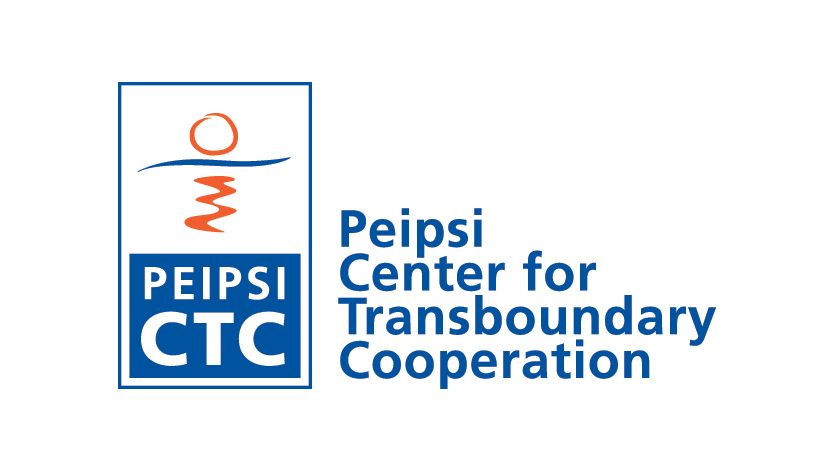A group of mainly orthodox speakers of the unique Alutaguse dialect, which has Votic influences, emerged in the Iisaku region in the 17th and 18th century, when the Votes, Estonians and Russians living in the area intermingled. The word poluvernik literally means half-believer. Poluverniks of the Iisaku region attended the Lutheran church, but at the same time they were also following the Russian customs. According to the currently known sources, Poluverniks were first mentioned in 1821.The last Poluverniks were assimilated with the Estonians or Russians in the mid-20th century. The history of this interesting nation currently holds more secrets than knowledge.
Route map
Iisaku Parish Museum
In the exhibition at Iisaku Parish Museum, you can see a piece of a woven glove found on the bracelet of one of the Votian women buried in a barrow in Jõuga at the end of the 13th century or the beginning of the 14th century, which is the oldest weaving made on needles found in Europe.
In the former ministry school building, you can learn about life in the countryside, farm work, craftsmen's activities, the history of the local fire brigade and the peculiarity of nature in Alutaguse.
Other heritage sites along the Alutaguse dialect and Poluverniks trail
Vaikla village - once a Poluvernik village - Porskovo (Vaikla) - the Russian language of the surrounding villages is influenced by both the Russian of the neighbouring coastal Russians and the Estonian of the Estonians.
Järuska bridge - Järuska bridge is a wooden bridge with a roof which is unique in Estonia. The bridge is in Ida-Viru County, on the Rannapungerja River in the village of Lemmaku, connecting the Rakvere–Rannapungerja highway and the Lemmaku forest road. The bridge is 26.4 metres long, 4.7 metres wide and 6.7 metres high. Most of the bridge is made of glued laminated timber, the joints are predominantly anchored with iron bolts and the roof structure with mortise and tenon joints.
RMK Kauksi Visitor Centre - The visitor centre of the Alutaguse National Park is in the village of Kauksi in Ida-Viru County, with a long tradition of beach holidays. The visitor centre is like the southern gateway to the Alutaguse National Park, where you can explore the park's values and visitor facilities before a trip full of experiences.
Jõuga barrows - Jõuga barrow cemetery is the largest barrow cemetery in Estonia, located on the Iisaku–Jõhvi road, in the forest northeast of the village. A barrow is a form of grave in which the dead are buried under or in mounds of sand or soil. In total, there are 270 barrows with a circular plan.
Iisaku Church - The earliest records of the congregation date back to the 16th and 17th century. The present church was built on the site of a stone church which was erected in 1846 (and burnt down in 1893). The church was largely built according to the basic plan of the old church of 1894 (the latter was apparently shorter by a choir section).
Iisaku observation tower - On Iisaku hill, the second highest natural spot in Ida-Viru County after Uljaste esker, is a 28 m high observation tower, from which even the towers of Kuremäe monastery and Lake Peipsi can be seen on a clear day.
